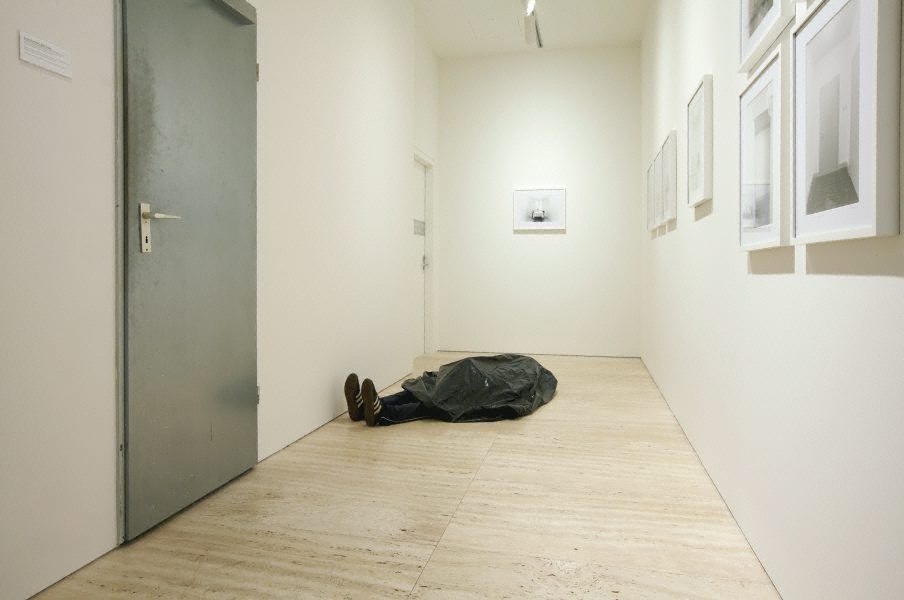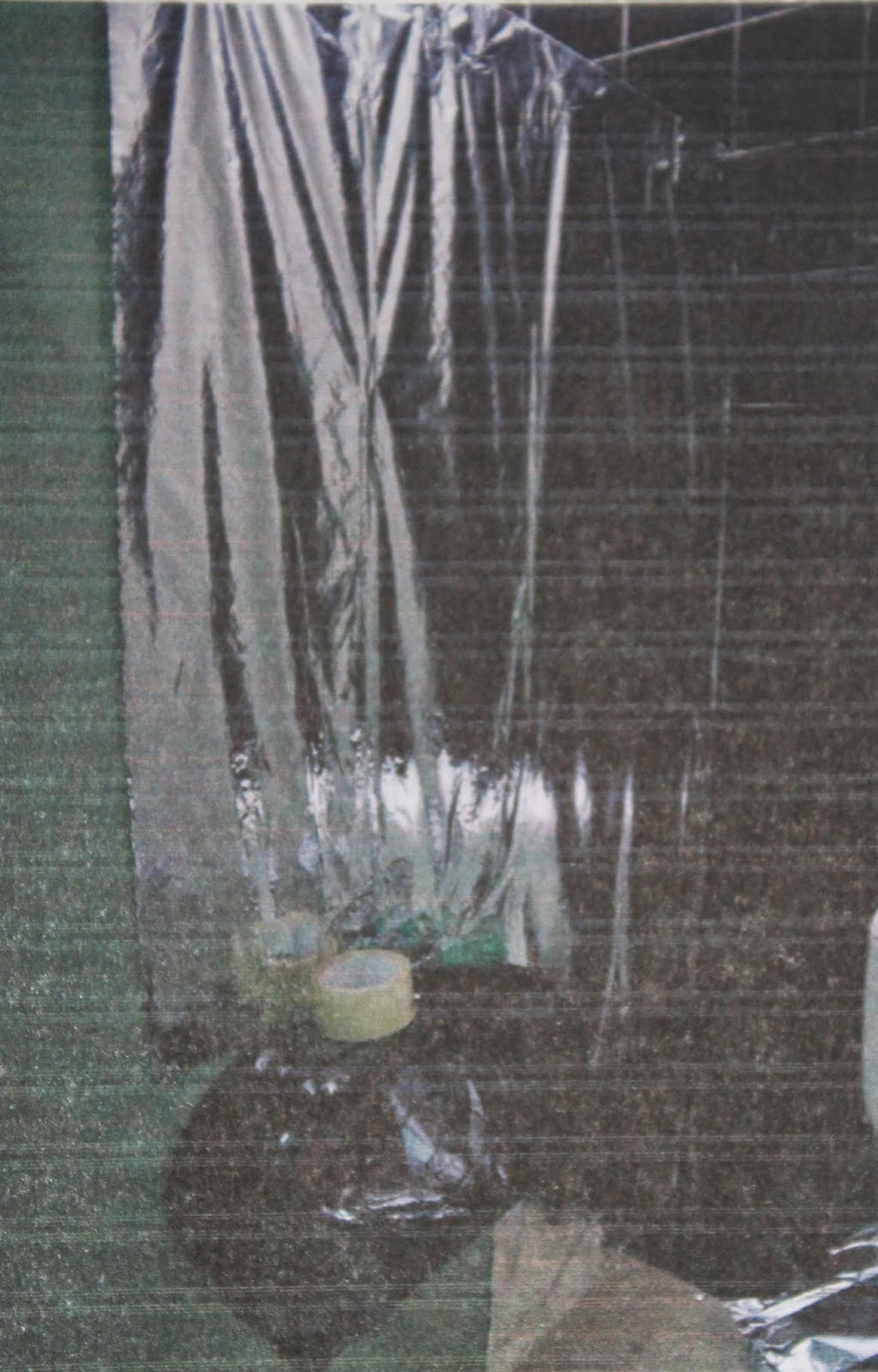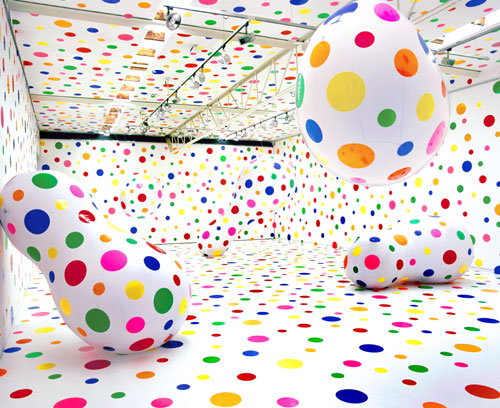Ah Xian’s ‘Evolutionaura’
Upon entering the Art Gallery of
South Australia one is immediately drawn to Ah Xian’s Evolutionaura. The use of organic material and the human form
instantly appeals to those who have an interest in the human figure.
I found this exhibition to be
easily open to interpretation due to its simplistic design. There was no descriptive
text to give the sculpture a voice, allowing the viewer’s imagination to make
their own interpretation. After researching the artist’s background I
discovered that Xian is a Chinese-Australian citizen who sought asylum in
Australia in the early 1990s, he currently travels back and forth between both
countries. His work reflects the inter-relationship between these two cultures.
This is seen in his work as all the figures inhabit an “in- between space – between countries and cultures” (2. Jose, 2014). For the past thirty years, Xian has been
progressively studying the human figure. Relating majority of his works to
themes such as ‘migration, cultural
displacement, emotional and physical trauma, and humanity’s relationship to its
environment, be it natural, social, or spiritual’ (Storer, 2014). At first glance I thought it represented the pain caused
by some type of physical disease due to the protruding objects on the figures’
face and body. Then I noticed the figures’ distinct eastern facial features
which I immediately associated with eastern culture. This prompted me to think
about the tragedies that occurred in Asia, such as the Japanese tsunami, the Fukushima
nuclear disaster, the genocide in Cambodia, increasing poverty, and the pain suffered
by all the communities that were and still are involved in these tragedies.
Evolutionaura was built for one reason and that was conveying the
artist’s personal story to the world. It
is an art work on a large scale, with a collection of eight human sized figures
in total. This collection is not only large in size, but also full of extravagance
as only the most precious metals and stones were used such as limestone, agate,
turquoise and others valued for their unusual shapes, colours and surfaces. Bronze
was used to ‘reference the traditional
Chinese culture’ (2.Jose, 2014), it also represented the
successful ‘mining boom that brought his
two countries of residence into close association’ (2.Jose, 2014).
Spatially the figures are laid
out in a very structured position around a dark room with the only light source
coming from dim lights that were positioned above each figure. With each work
approximately three feet apart, this gave viewers the opportunity to walk
around each figure and obtain a thorough look. The human figures were placed at
eye level which allowed viewers to connect with them more intimately giving the
viewer the ability to see the details of each art work. As mentioned the
sculptural arrangements relate directly to the artists intention to portray the
two vastly different inter-mixed cultures of China and Australia that he
currently lives in.
Evolutionaura is known as a sculpture, as Xian
places major importance on the main subject and placing no value on the space
around the subject. Unlike an installation which places equal importance on the
main subject and the surrounding space and environment that it inhabits.
Xian’s work evokes many emotions as I too have similarly
been raised in two different cultures and can relate to what he is trying to
portray. My parents would constantly take my siblings and I back to their homeland
of Macedonia. Both cultures were vastly
different, yet I was able to discover the benefits of each lifestyle and
discover my identity. I agree with Nicholas Jose the curator of this exhibition
as he too admires the cultural uniqueness of the exhibition, ‘Ah Xian’s brings a new strength and
directness into contemporary art in Australia’. (1. Jose, 2014)
My first impression of his work made me feel very disturbed
and perplexed especially upon seeing figure 1 (Ah Xian, Evolutionaura5).
I initially could not stop looking at it because it made me feel curious. It
intrigued me and after researching it further my understanding grew into
appreciation.
If I was the artist the only thing I would change would be
the amount of figures that I had created. I would decrease the amount to around
four or five because as a viewer it was difficult to process all eight figures
as a whole. Not only would that still
aesthetically look appealing, the message would still be conveyed and the
intricacies of each sculpture would have been more appreciated without being
overwhelming.































